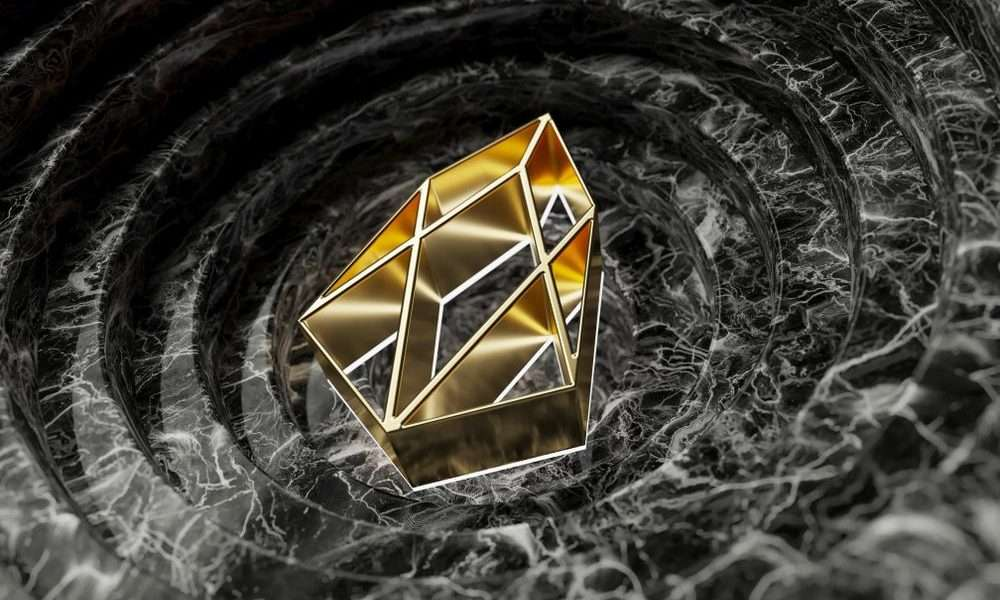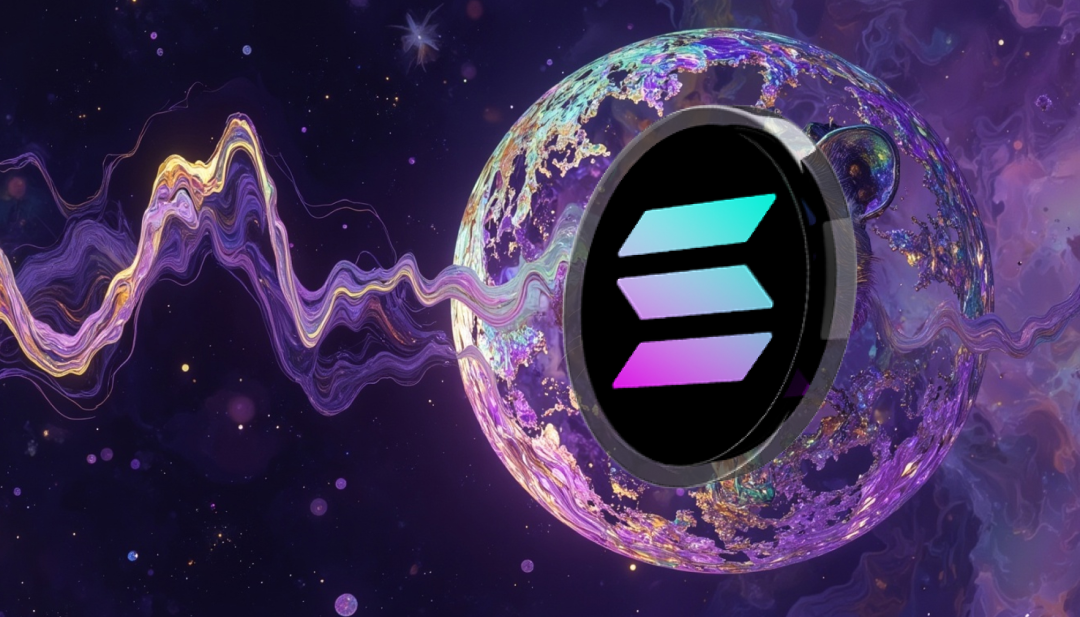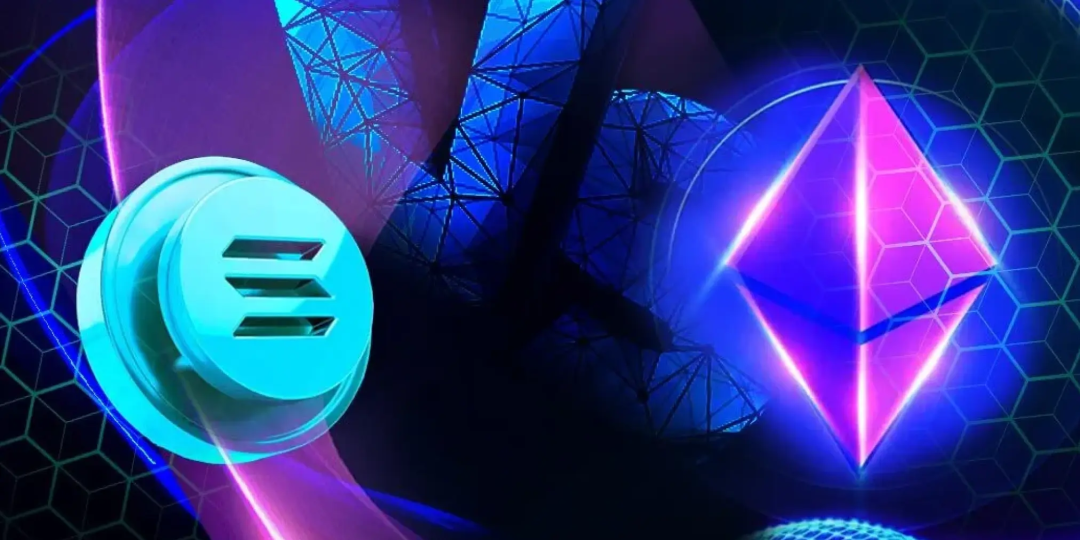When a project is considered like EOS, it means that it is considered to face unfavorable prospects or enter a “bottomless abyss.” So which is more like EOS, ETH or SOL? Today, let’s take a look together from multiple angles…
author| Mumu
produced| Vernacular blockchain
The encryption community has always had many branches of different projects. From the earliest Bitcoin hard fork, LTC, Doge and other “copycats”, and later, well-known factions such as Ethereum, EOS, and Solana were born one after another. They represent differences in concepts and directions. Differences, cooperation in their respective ecosystems, and more attacks between communities due to different views.
Since Solana performed well in this round, while Ethereum’s performance was relatively unsatisfactory, people in the Solana community said that ETH was like EOS back then, while people in the Ethereum community retaliated that SOL was EOS. When a project is considered like EOS, it means that it is considered to face unfavorable prospects or enter a “bottomless abyss.” So which is more like EOS, ETH or SOL? Today, let’s take a look together from multiple angles…

01. Technical route and design concept
As the underlying public chains, Ethereum, Solana and EOS of the year, the most important goal of their technical solutions is to break the “triangle of impossible” of blockchain and become a safe, reliable, high-performance, and highly scalable infrastructure.
In terms of capacity expansion plan, Ethereum has chosen to transition from the POW consensus mechanism to a special POS consensus mechanism and plans to improve network throughput through fragmentation in the future. Later, it will temporarily change to an expansion plan centered on the layers of Rollup Layer2., some progress has been made so far.
Compared with Ethereum, Solana uses “Proof of History” more aggressively to achieve faster transaction confirmation. This consensus mechanism achieves high performance and can process a large number of transactions. Similarly, EOS was also the main high-performance blockchain at that time, achieving extremely high throughput through the DPoS (Proof-of-Interest) consensus mechanism.
In terms of technical routes, Solana and EOS are more similar. Both of them expose some node concentration problems by aggressively pursuing extreme performance while sacrificing part of decentralization. However, the difference is that although Solana has experienced several times of unstable downtime, optimization and upgrading are being gradually carried out. Ethereum’s plan is considered to be more conservative, and in order not to sacrifice decentralization, it chose a difficult and complex path.

02. Sustainability
“You can tell the horse power from a distance, but you can see the hearts of people over time.” In the ever-changing encryption field,”surviving” may be the most valuable feature of a project. Many times, innovation also means not taking the usual path and facing more risks and challenges.
Historically, Ethereum has withstood the challenges and tests of “time”, second only to Bitcoin, the leader of crypto-assets. At present, Ethereum still maintains the largest development community and active ecosystem, and has a real application. The moat of DeFi and other concepts, continuous innovation and ecological construction have made it firmly in the “second” position of crypto-assets.
EOS does not seem to have withstood the test of time. EOS and its ecology had a period of prosperity, but then exposed some sustainability deficiencies and eventually became sluggish. It is still unknown whether it can be “killed back” in the future.
Solana, which has a shorter history than EOS, has also experienced the adverse impact of the collapse of its main supporters, SBF and FTX, as well as frequent outages, attacks and other incidents. It is also a long-term ordeal, but it has also exposed some stability and security issues, and sustainability is facing challenges.
Perhaps based on the relative “failure” experience of EOS, the Ethereum and Solana communities will carefully consider sustainability issues.

03. Community support and institutional support
The development of encryption projects will always be inseparable from the continuous support of the community, and of course there is also the shadow of institutional capital behind it. Ecological prosperity cannot be separated from communities, and the capital brought by institutions accelerates its progress.
In fact, EOS also had broad community consensus in the early stages of its launch, and also received a large amount of capital and institutional support. Its development company Block.one also invested a lot of money, manpower and material resources. However, or due to the pressure brought by the U.S. SEC supervision, Block.one, as a project party, could not directly participate in the launch of the main network and the operation of the project. After settling the lawsuit with the U.S. SEC, it chose to lay down with its huge wealth., which is equivalent to throwing the project to the community.
Due to the influence of governance models and centralization issues, the community consensus of EOS gradually weakened, and the confidence of super nodes and developers gradually lost. This is the final result we saw.
Compared with EOS, Solana has received relatively more support from Wall Street elites and capital. The good trend seems to have gathered a strong community consensus in the short term. The leadership of its project team is also extremely active in the community. Coupled with the loose state of encryption regulation in the United States after Trump came to power, the Solana team will not experience similar pressure. On the contrary, due to the popularity of Meme and other concepts and the continuous capital boost for Made in USA’s “identity”.
Ethereum needs not to say much about community and institutional support. As the second largest crypto asset and the only second U.S. stock spot ETF, its ecological maturity and liquidity are significantly ahead. Coupled with the project’s sustainability advantages, its long-term appeal is expected to only increase and not decrease.
04. Summary
Although we have analyzed the similarities and differences between Ethereum, Solana, and EOS from multiple important perspectives. On the surface, Solana is more like the radical EOS, and Ethereum is more stable, but the conditions of “timing”,”geographical location”, and “harmony between people” are different. Perhaps no one is like the other, each will face different tests and challenges and its own unique path.
Time has proved that under more friendly regulatory conditions, perhaps encryption projects such as Ethereum and Solana can have a bright future.



